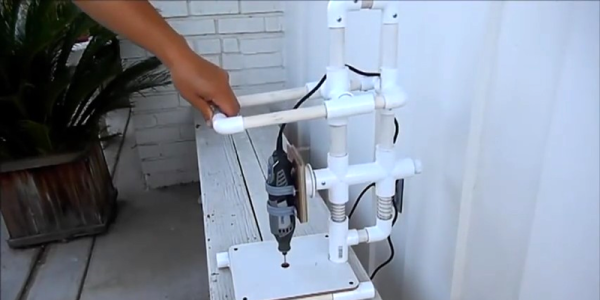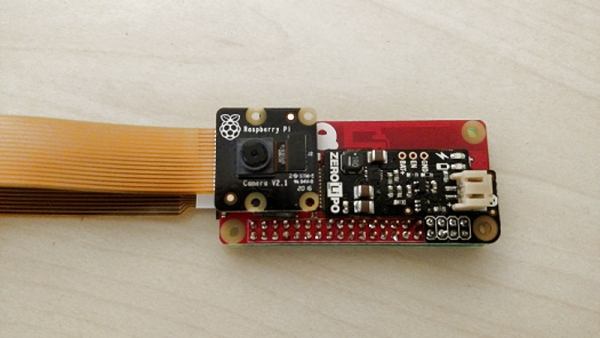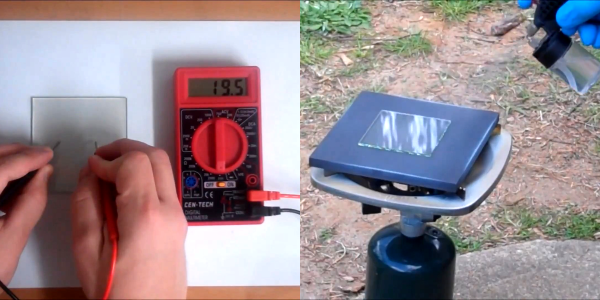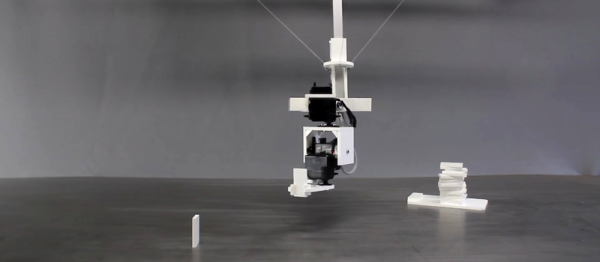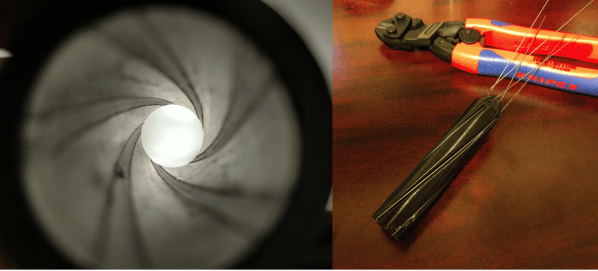There are two types of people in this world: people who think that PVC is only suitable for plumbing, and people who don’t even know that you can use PVC to carry water. Instructables user [amjohnny] is clearly of the latter school. His PVC Dremel drill press is a bit of an oldie, but it’s still a testament to the pipefitter’s art. And you can watch it in action in the video embedded below.
Things we particularly like about this build include the PVC parallelogram movement, springs around tubes to push the Dremel head back up, and the clever use of a T-fitting and screw plug to hold the press in its lowest position. We wonder how one could add a depth stop to this thing. No matter, we love watching it work.
Anyway, this is just one hack of many that emphasizes the importance of a drill press in basically anyone’s life, as well as the ease of DIY’ing into one. If you’re in the PVC-haters camp, but have some scrap wood and drawer slides or plastic offcuts lying around, you have the makings of a rudimentary press — a welcome tool in the shop.

